Marble is one of the most important products of the natural stone industry. Aesthetic, durable and with various colors and patterns, marble is widely used in construction, decoration, sculpture and art. Marble production and trade is also of great importance for the global economy. Turkey is one of the world’s leading countries in the marble sector. In recent years, when scientific studies that serve the sector, either on a global or national scale and in an economic sense, are evaluated, it is seen that the focus is more on mining and engineering-based research such as reserves, block productivity, physical and mechanical parameters of the raw material. However, in fact, the biggest reason for the expansion of the sector on a global scale in the light of new concepts today is the great change in end-user customer profiles in recent years. As we all know today, it is clear that many national and international companies have developed a marketing strategy by combining their products with terms such as “nature” and “art” in order to reach this new higher profile potential customer portfolio.
So, what is the most important factor that constitutes the main source of the hidden and essential elements in this new demand and how will it shape the sector in the future? In fact, this factor is directly related to the Geology of the new products demanded. Contrary to popular belief, Geology is not only used in the exploration, discovery and mining stages of the products demanded/to be demanded in the light of these new dynamics of the sector, but also in its role in controlling the processes in the marketing strategies stages of these new products in terms of new intellectual type customer potential.
In today’s world, which is more focused on visuality or exclusivity, stone is one of the most basic elements that have become the raw material of aesthetically prominent design products. The aesthetic point of view, which includes difference and exclusivity, is a phenomenon that manifests itself quite clearly in different styles and motifs / embellishments in different styles and motifs / decorations in high quality pots and pans, ornaments and different objects by processing stones during the hunter-gatherer period.
Let us elaborate on the new concept we would like to point out by highlighting some of the well-known rare stones offered on the global market, but emphasizing their unknown characteristics. Different selections of the blue colored stone originating from Brazil and best known in the market as Azul Bahia are well known in the international arena. The stratiform/ layered and milonitic/ spongy deformed type is called Blue Macauba, while the porphyritic/ medium crystalline and holocrystalline textured type is known as Bluet Bahia. In fact, although the locations where these stones are quarried are geographically very close to each other, the lithologies, formation environments, paleogeographic locations, chronological development, in fact the whole geological stories of these two different types of rocks are completely different from each other. The Blue Bahia is lithologically a syenite with sodalite and is originally a plutonic igneous rock. Blue Macauba, on the other hand, is a quartzarenite containing mainly lazulite, dumortierite and kyanite. Blue Macauba formed in a sedimentary environment about 1 billion years old on the slope of a passive continental margin in a rifting process that developed within the São Francisco Craton, which separated from the Rodinian supercontinent that began to coalesce about 1.3 billion years ago. The Blue Bahia, on the other hand, is a plutonic rock derived from a more mantle-derived alkaline magma that began crystallizing about 730 million years ago in an anorogenic environment in the Azul Complex in the Araçuai Belt, at a relatively shallow depth of about 8 km. We are sure that as readers we can hear you saying to yourselves, what is all this, it sounds very scientific. We wish you a little patience…
Another example is the Tunisian stone known locally as Thala Noire/Black, which comes to the fore in our country with different market names such as Bronze Imperial or Bronze Fantasy. As it is known, black colored specimens are quite common in the market. However, “Thala Noire” clearly differs from almost all black colored sedimentary stones in terms of its visual appearance. Thala Noire. is geologically derived from black marl and limestone sequences in the lower parts of the upper Albian aged Fahdène Formation of the Jebel Boulahneche Massif, which occurs in eastern Tunisia. This unit is at the northernmost tip of the Gondwana Continent. It was formed by sedimentation about 102 million years ago between the moderately dipping shallow marine self section and the hemipelagic area of the Kasserine Carbonate Platform at the southern margin of the Mesogea Sea, which began to open at the southwestern edge of the Neotethys Ocean about 167 million years ago. Secondary milky brown colored and dentritic textured ankerite veins visually distinguish this rock from similar examples. Ankerite contains iron, magnesium and manganese in addition to calcium. In sediments, it usually develops in cavities within the rock during early diagenesis, especially through the interaction of compositionally and thermally different subsurface fluids and low-grade hydrothermal processes. On the other hand, although there is evidence that Thala Noire was a rare marble called Neri Antichi used in antiquity in mainland Rome and Greece, its unique Electron Paramagnetic Resonance Spectrum is distinctly different from all other black colored stones known on the market.
References : Stoneworld May/June 23, Doç. Dr. Ökmen Sümer, Cansu Koçak.

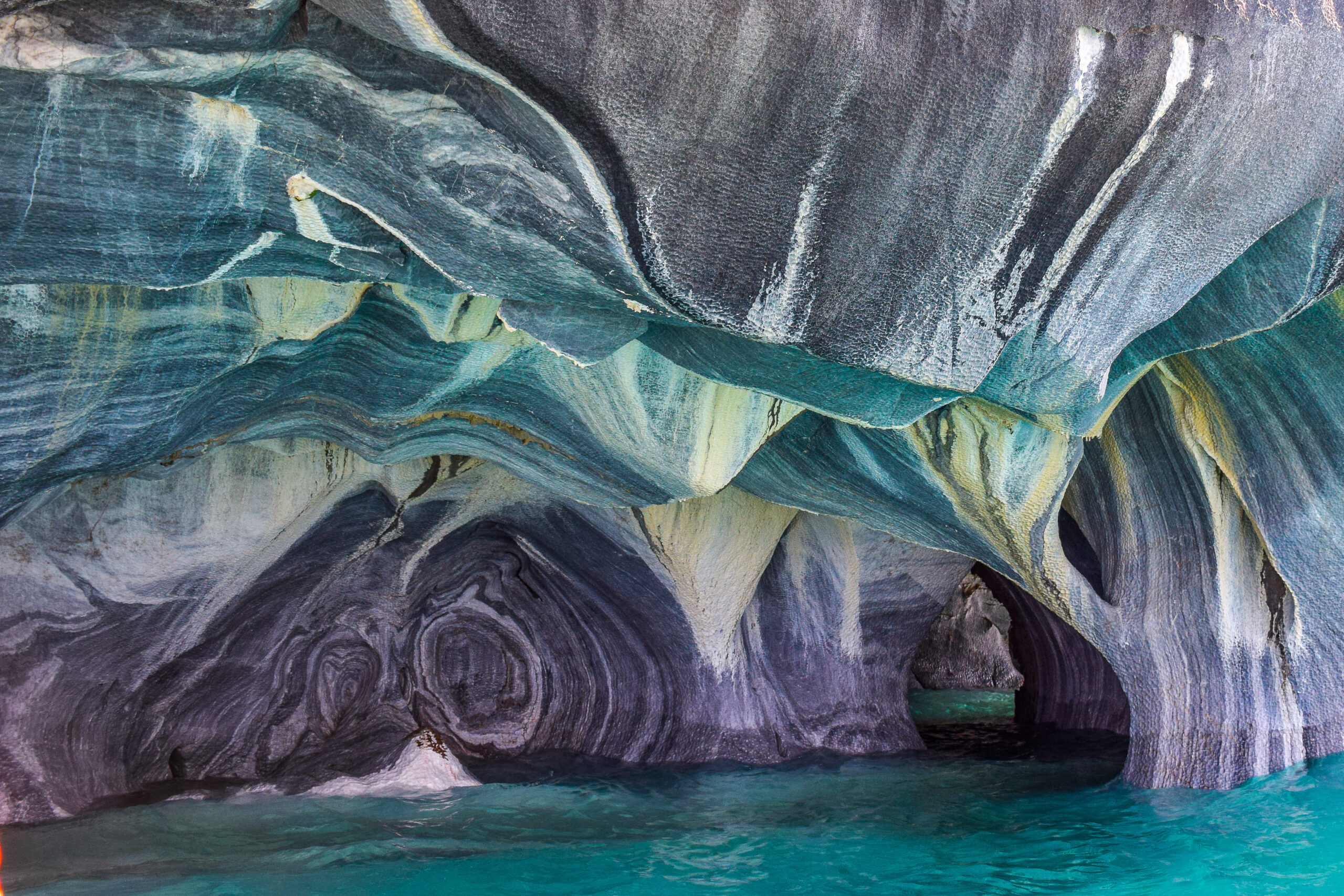
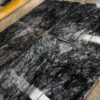


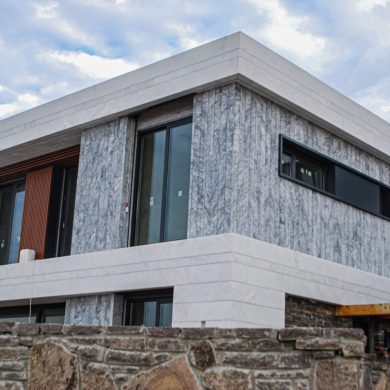
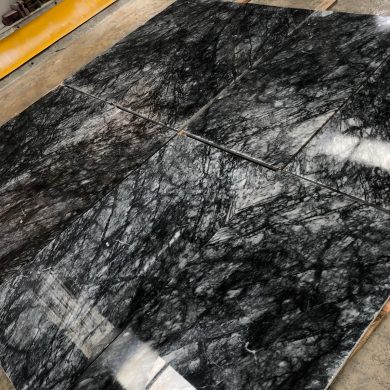
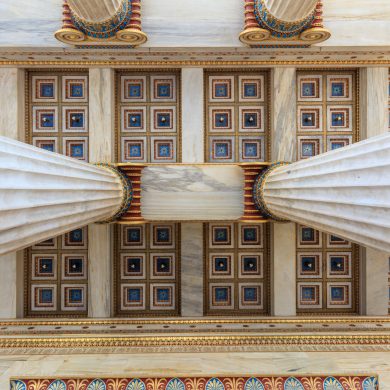

Leave a reply